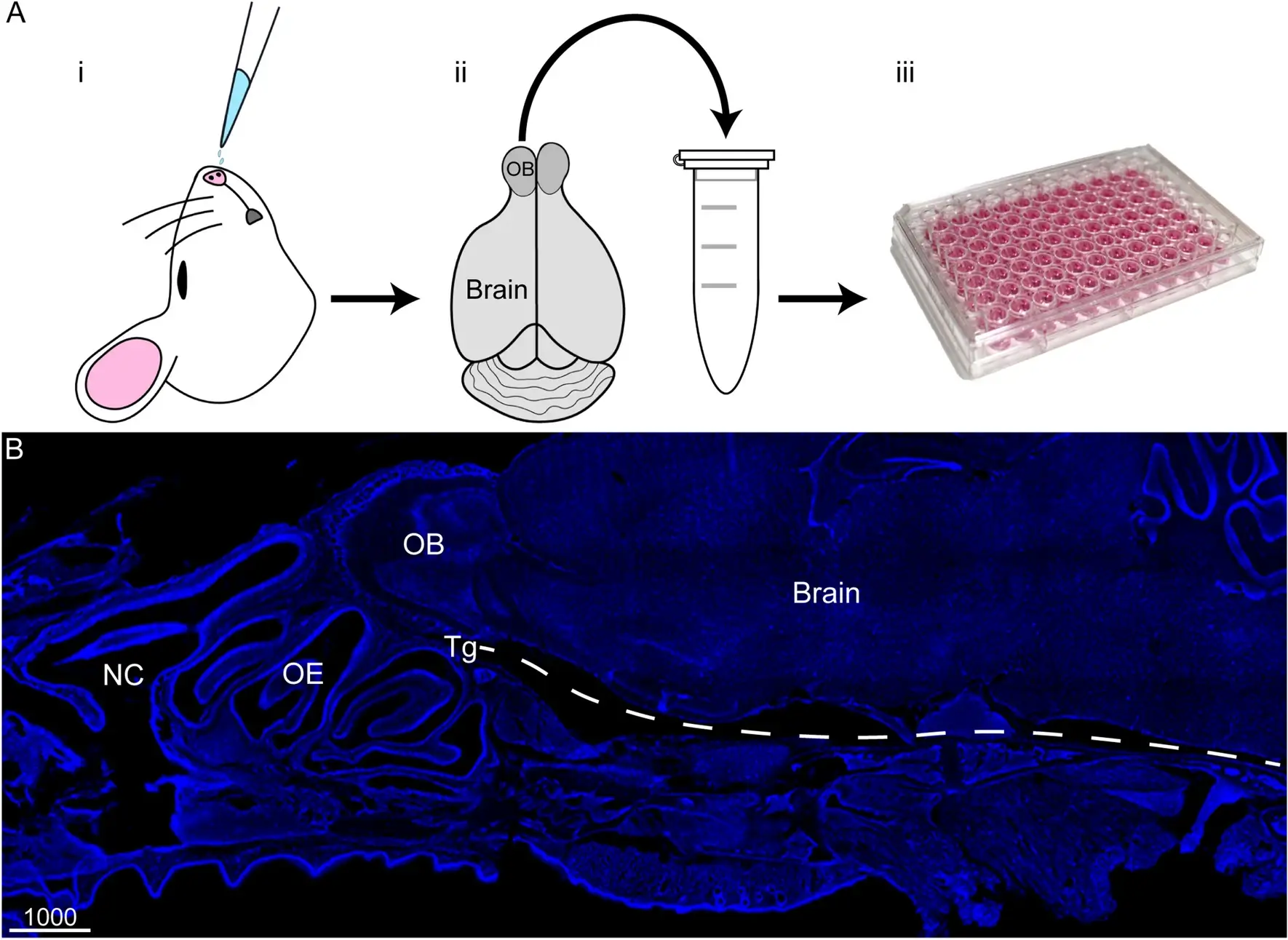Electric vehicle (EV) batteries are transforming how we think about transportation, offering a cleaner, quieter, and more efficient alternative to traditional fuel-powered engines.
These batteries do more than just power the car; they determine the EV’s range, charging speed, and lifespan, all of which shape the experience of driving electric.
With advancements in battery chemistry, EVs are becoming more affordable, longer-lasting, and more sustainable. But achieving this progress involves a complex science of materials and innovations that continue to evolve, bringing us closer to a future where electric driving is the norm.
Why Battery Chemistry Matters for EVs
The future growth and widespread use of electric vehicles depend directly on the advancements being made in battery chemistry. The chemistry within these batteries, the intricate blend of materials and reactions, impacts EVs’ affordability, performance, and sustainability.
How Does a Battery Work?
A battery is like a small power plant inside your car. It has three main parts:
- Anode (negative side)
- Cathode (positive side)
- Electrolyte (the liquid or solid that allows ions to move between the anode and cathode)
When a battery is in use, chemical reactions happen at the anode and cathode, causing electrons to flow from the anode to the cathode. This movement of electrons is what creates the electric current, which powers your EV. When you charge the battery, the reactions reverse, recharging it with energy to use later.
Key Terms in Battery Chemistry
- Capacity: The amount of energy the battery can store.
- Energy Density: How much energy a battery has relative to its size or weight. Higher energy density means the battery can store more energy in a smaller space.
- Cycle Life: How many times the battery can be charged and discharged before it loses too much capacity.
- Thermal Stability: How safely the battery can handle heat, an important factor since overheating can be dangerous.
These terms help us understand why certain battery types are better for EVs than others.
Related Posts
The Main Types of Battery Chemistry in EVs
Now that we know the basics, let’s look at some common types of battery chemistry used in EVs. Each type has its strengths and weaknesses, making it better suited for certain types of electric vehicles.
1. Lithium-Ion Batteries (Li-Ion)
Lithium-ion batteries are currently the most popular type used in EVs because of their high energy density, meaning they can store a lot of energy in a small space. But lithium-ion batteries are just a broad category—there are different types, each with its own benefits.
2. Different Lithium-Ion Chemistries
There are several types of lithium-ion chemistries used in EVs. Each has unique properties and applications:
- Nickel Manganese Cobalt (NMC): Known for high energy density, NMC batteries help EVs travel longer distances on a single charge. However, they can be sensitive to heat and are expensive to produce.
- Lithium Iron Phosphate (LFP): These are safer and have a longer life cycle than NMC batteries. LFP batteries are popular in lower-cost EVs because they are stable and less prone to overheating, though they have a lower energy density.
- Nickel Cobalt Aluminum (NCA): This chemistry provides high energy density and is used in EVs needing longer ranges. Tesla uses NCA batteries because of their performance, though they can be costly and require careful handling.
- Lithium Manganese Oxide (LMO): Known for being safer but with a shorter lifespan, LMO batteries are commonly used in hybrid vehicles rather than fully electric cars.
- Lithium Titanate (LTO): This type is extremely durable and charges quickly, making it ideal for buses and other high-demand applications. However, LTO batteries are heavier and lower in energy density.
Each of these chemistries balances the trade-offs between cost, safety, range, and performance. No single chemistry is perfect for all EVs, so companies choose one that best suits the needs of their vehicles.
Emerging and Alternative Battery Chemistries in EVs
Scientists are constantly working on new chemistries to improve EV batteries. Here are some promising alternatives to lithium-ion:
1. Solid-State Batteries
Solid-state batteries replace the liquid electrolyte with a solid, which makes them safer and able to store more energy. They’re seen as a potential “next big thing” in EVs, though they’re still expensive and not widely available. If solid-state batteries become more affordable, they could make EVs even more efficient and safe.
2. Lithium-Sulfur (Li-S) Batteries
Lithium-sulfur batteries offer a very high energy density, which could mean longer range for EVs. However, they degrade quickly and are less stable, so they’re not yet ready for commercial use.
3. Sodium-Ion Batteries
Sodium is more abundant and cheaper than lithium, so sodium-ion batteries could be a low-cost alternative. But because they have a lower energy density, they’re mostly in the research phase and aren’t used in EVs yet.
4. Other Alternatives (e.g., Magnesium, Zinc-Air)
Researchers are also experimenting with other elements like magnesium and zinc to see if they could work as battery materials. While these batteries hold promise, they are still a long way from being used in EVs.
Innovations in Battery Materials and Components
To make EV batteries better, scientists are also developing new materials for each part of the battery:
- Cathode Materials: High-nickel cathodes and cobalt-free materials are being developed to reduce costs and environmental impact.
- Anode Materials: Silicon anodes could improve capacity, but they tend to expand and contract, which can damage the battery. Researchers are working on stabilizing them for use in EVs.
- Electrolytes: Safer, non-flammable electrolytes are being tested to reduce the risk of battery fires.
- Separators: The separator prevents the anode and cathode from touching, and new materials are being tested to improve safety.
These advances in materials could lead to cheaper, safer, and more efficient EV batteries in the future.
Challenges in EV Battery Chemistry
Even with all these advancements, EV batteries face challenges:
- Thermal Management: Batteries can get hot, especially during fast charging. Keeping them cool is essential for safety and efficiency.
- Degradation: Over time, batteries lose capacity due to chemical changes, especially if they’re exposed to high temperatures or charged too quickly.
- Resource Scarcity: Elements like lithium and cobalt are rare and mostly mined in a few countries, which can drive up costs and make supply chains vulnerable.
These issues show that while EV batteries have come a long way, there’s still room for improvement.
Battery Recycling and Second-Life Uses
When EV batteries reach the end of their life in a car, they don’t just go to waste. There are two main ways to handle old EV batteries:
1. Recycling
Batteries contain valuable materials, like lithium and cobalt, that can be recovered and used in new batteries. Recycling techniques are improving, making it easier to reclaim these materials without causing environmental harm.
2. Second-Life Applications
Old EV batteries can be repurposed for less demanding tasks, like storing renewable energy from solar panels. This helps reduce waste and gives the batteries a longer life outside of vehicles.
Breakthroughs and Research Trends in Battery Chemistry
Here’s a look at some of the latest trends in EV battery research:
- Fast Charging: Companies are finding ways to make batteries that charge in minutes rather than hours, which would make EVs even more convenient.
- AI and Machine Learning: Scientists are using AI to test thousands of potential materials quickly, which speeds up the discovery of new battery chemistries.
- Better Testing and Diagnostics: New testing methods are helping scientists better predict battery life and performance, making it easier to improve battery designs.
These innovations could bring big changes to the EV world, making cars more efficient, affordable, and reliable.
The Future of EV Battery Chemistry
The future of EV batteries looks bright. Researchers are focused on:
- Sustainability: Developing batteries with less environmental impact, from mining to recycling.
- High-Capacity Batteries: Creating batteries that can hold more energy in a smaller space, which means lighter, longer-range EVs.
- Circular Economy: Moving toward a model where batteries are produced, used, recycled, and repurposed in an endless loop to minimize waste.
As battery technology advances, EVs are likely to become more affordable and accessible, helping the world move toward a cleaner and greener transportation system.








